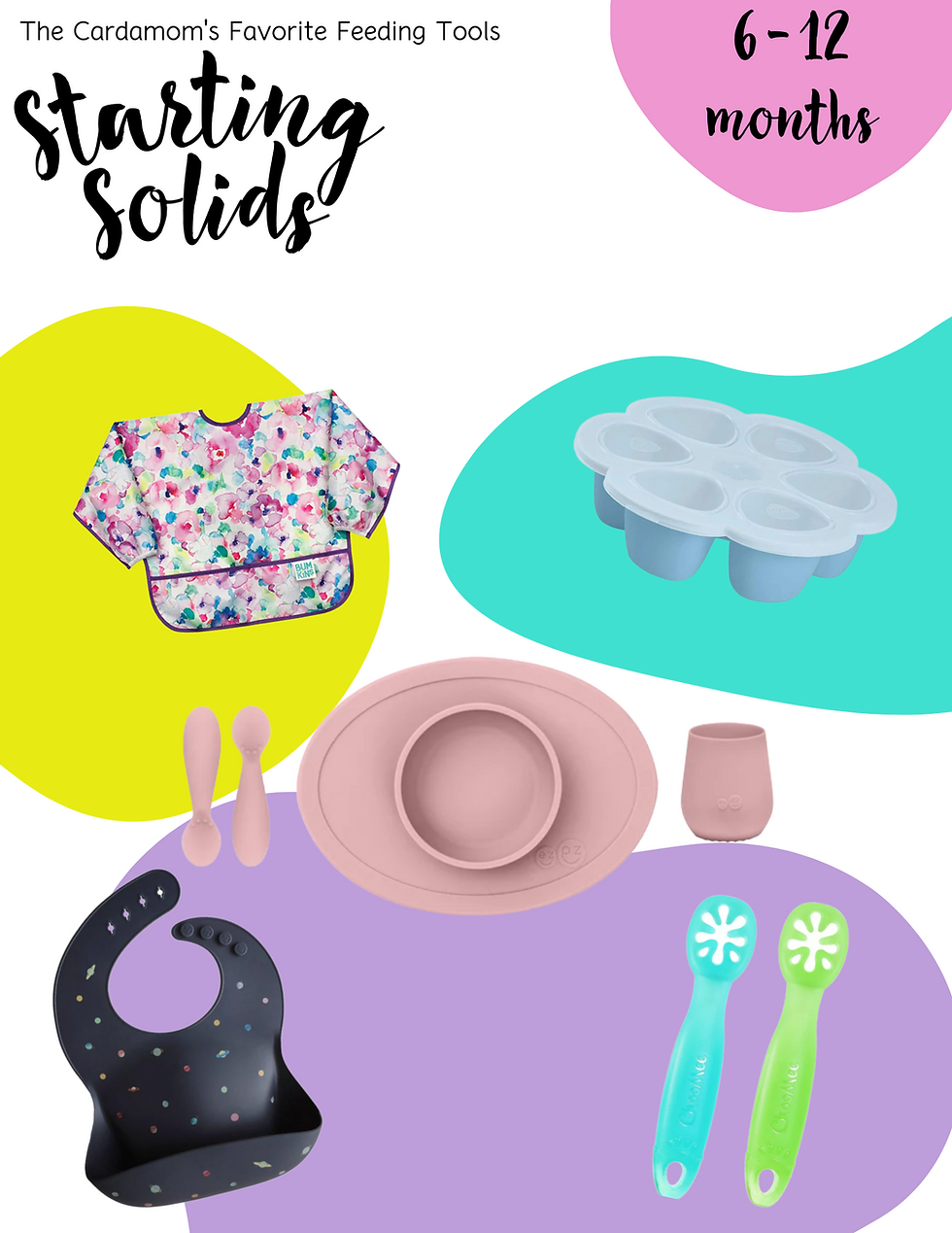6 Tips for Helping Picky Eaters
- Chacha Miller

- Mar 28, 2024
- 3 min read
Updated: Jun 6, 2024
How to help your child learn to love new foods and try new things.
Do you have a picky eater in your household? If so, you're not alone. Picky eating is a common challenge for many families typically occurring between the ages of 2 to 4 yrs old, but it doesn't have to be a source of stress or frustration. With a little patience, creativity, and understanding, you can help expand your picky eater's palate and encourage healthier eating habits. Here are six top tips to help you navigate the world of picky eating with ease:
1. Create a Positive Mealtime Environment
One of the most important things you can do to help picky eaters is to create a positive mealtime environment. Avoid making mealtimes a battleground or a source of stress. Instead, focus on creating a relaxed atmosphere where your child feels comfortable trying new foods.
2. Introduce New Foods Gradually
Introducing new foods gradually is key to helping picky eaters expand their palates. Start by offering small portions of new foods alongside familiar favorites. Be patient and persistent, as it may take several exposures (studies show this number can be anywhere from 8-15 or more!) before your child is willing to try something new.
3. Involve Your Child in Meal Preparation
Getting your child involved in meal preparation can make them more excited about trying new foods. Take them grocery shopping and let them pick out fruits, vegetables, and other ingredients they want to try. In the kitchen, give them age-appropriate tasks like washing vegetables, stirring ingredients, or assembling their own meals.
4. Don't Pressure Kids to Try New Foods
Forcing or pressuring picky eaters to taste unfamiliar foods can create negative associations with eating, leading them to resist trying new foods. In fact, studies show that children who are pressured to eat more food often do the exact opposite and instead, eat less! This resistance may stem from feelings of discomfort, anxiety, or even rebellion against perceived control, potentially hindering their openness to exploring diverse culinary experiences in the future.
5. Have Family Meals
Don't worry about what or how much your child is eating. Instead, focus on the mealtime experience and modeling positive eating behaviors. Studies show that when parents or caregivers regularly model consumption of fruits or vegetables this behavior results in increased intake amongst children. Your kids will learn by watching you, so lead by example to show your kids that it's ok to try new things.
6. Explore food away from the table
Exposing your kids to foods in other places than the dinner table can help picky eaters feel more comfortable with something new. Use books and play to introduce new foods in an engaging and low pressure way that can spark curiosity. Other ideas could include planting a garden or playing "Eye Spy" at the grocery store.

In conclusion, picky eating is a common phase that many children go through, but with patience, creativity, and a positive attitude, you can help your child develop healthier eating habits. By creating a positive mealtime environment, introducing new foods gradually, and involving your child in meal preparation, you can empower them to explore new flavors and textures with confidence. Remember, every child is unique, so be patient and persistent, and celebrate small victories along the way. Happy eating!
Want more tips on how to help your picky eater grow their palate? Download my FREE Picky Eaters Pocket Guide!





Comments